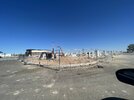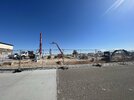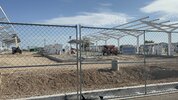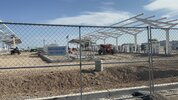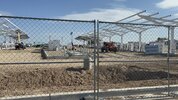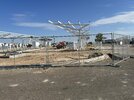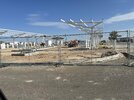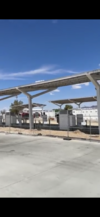cpa
Active Member
One reason off the top of my head is that improvements to and beneath the ground are more closely associated with the real property and is therefore included on the real property tax bill. Those improvements while not necessarily permanent, will stay around for a very long time.Completely unrelated to whatever Teslas arrangements are, but to use another charging network as an example:
When they install on someone else's land, they separate the infrastructure improvements (i.e. substation upgrades, underground cabling - things that can not physically be picked up and moved elsewhere) and the charging infrastructure (cabinets, stall hardware). They include in the contract wording to allow for this. I'm not precisely sure what that means, but it's something like: Either the site owner pays for site improvement works up-front; or if the lease is not renewed earlier than a certain length of time, they must "buy" them from the charging network operator (after depreciation, etc).
Also, the split of revenue is proportional to how much each party contributes at the start, so there is an incentive for the site owner to contribute.
On the other hand, the charging cabinets, stalls, and internal electrical components are more closely identified as personal property. They can be easily (comparatively easily) removed to be scrapped, upgraded, or used elsewhere. Most jurisdictions around this land of ours assesses personal property taxes on business property in addition to real property taxes on land.
It is quite easy for the landlord to notify the taxing authority as to the cost of the trenching, conduit, etc. to be added to the real property valuation. It would be Tesla's responsibility to notify the taxing authority as to the cost of the hard assets installed to charge our cars. This way, if there is an escape assessment, it is real easy for the taxing authority to go after Tesla and not the landlord.
A parallel in California is in farming. The dirt for farming is on the real property tax bill. The irrigation equipment, pumps, drip tape, and the like are reported on the personal property tax statement and a separate bill (due in August) is sent.



